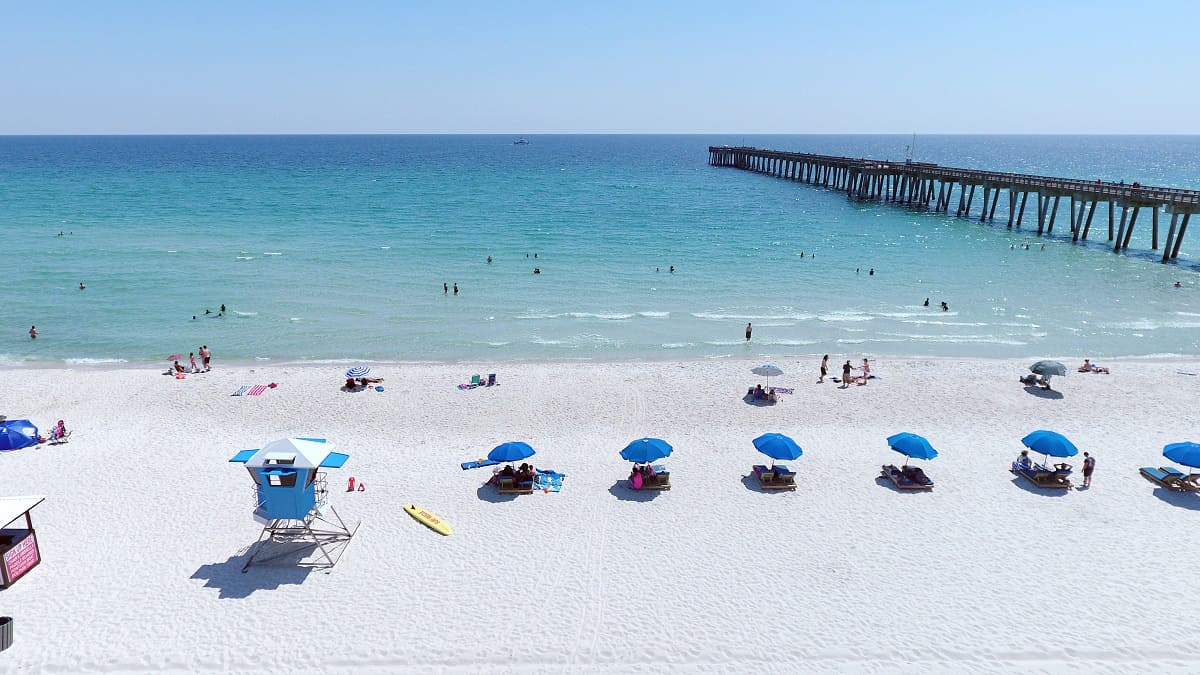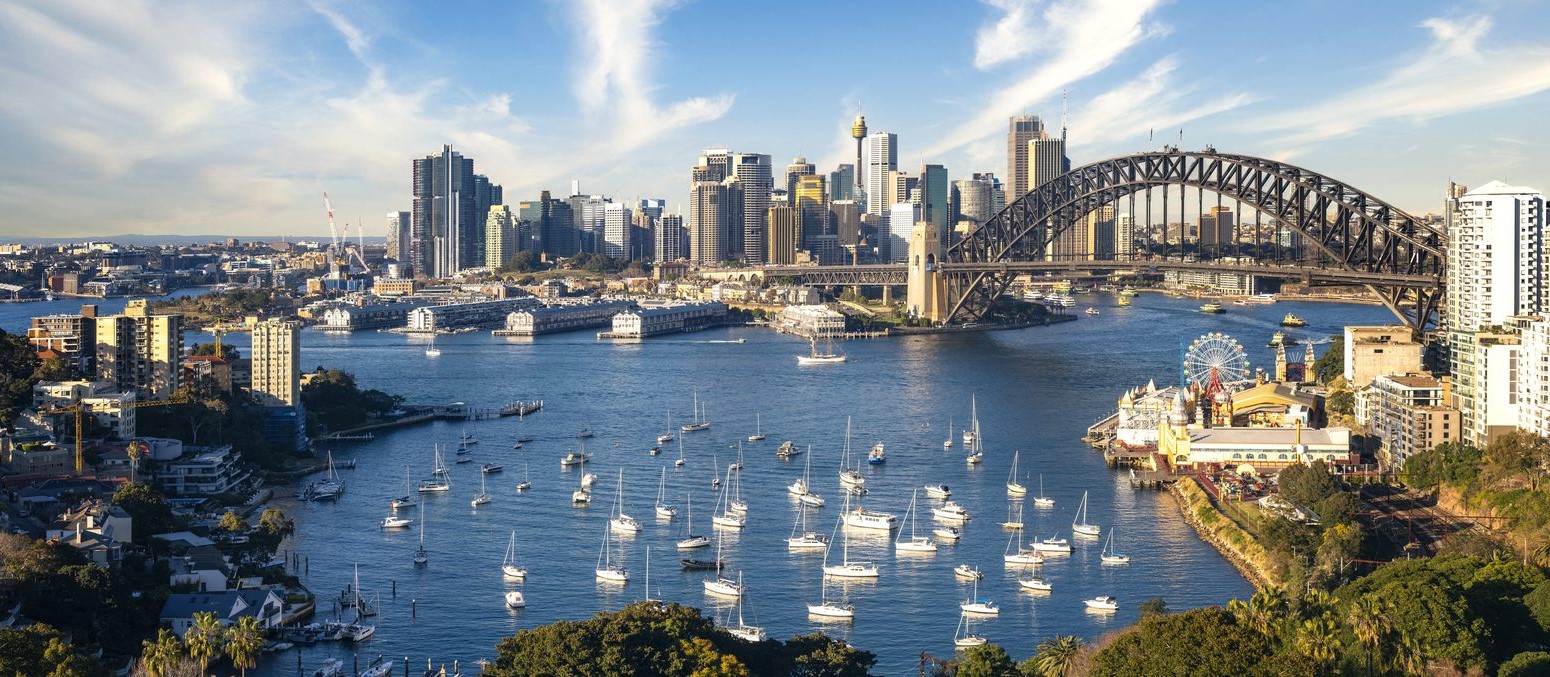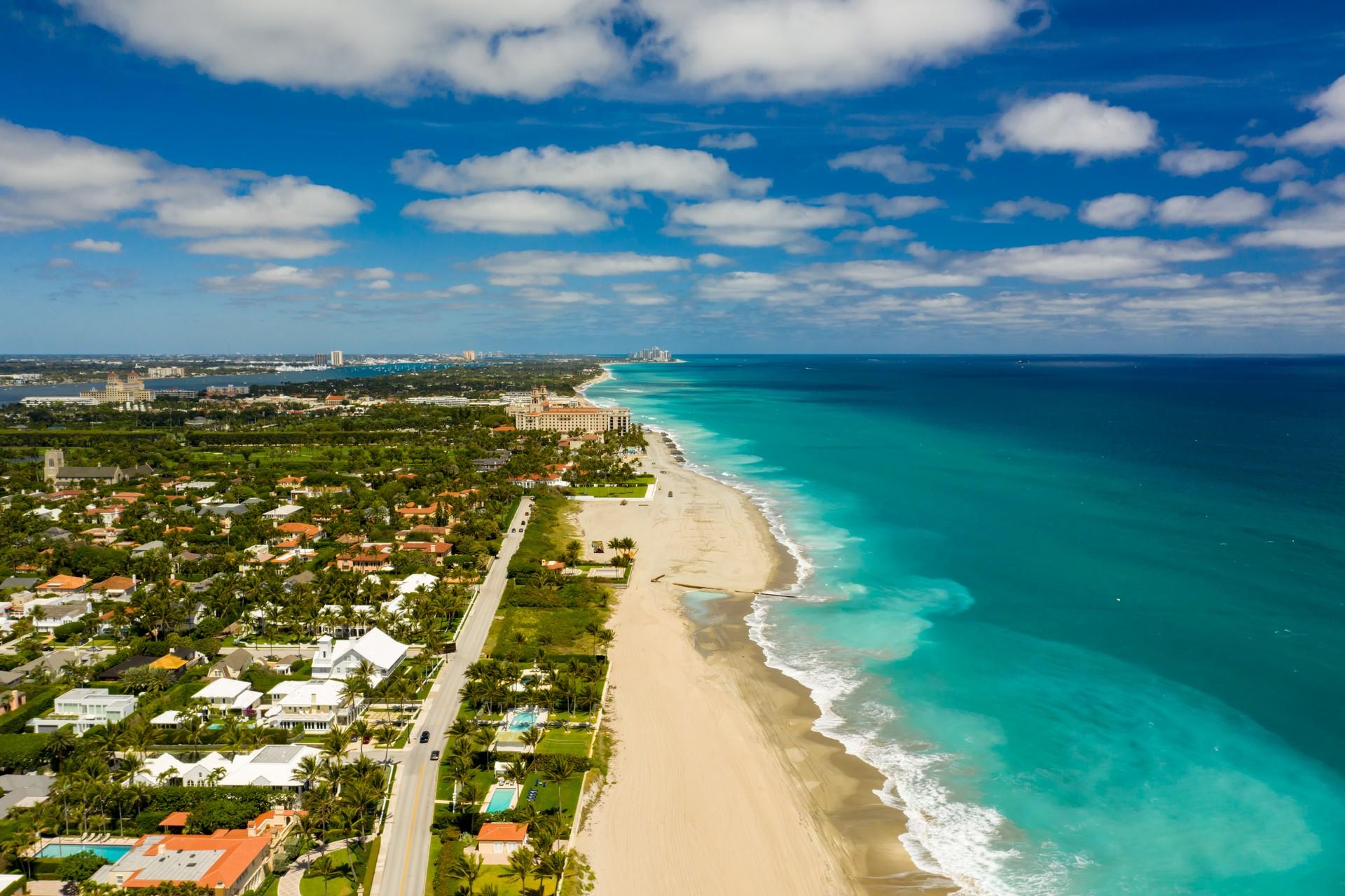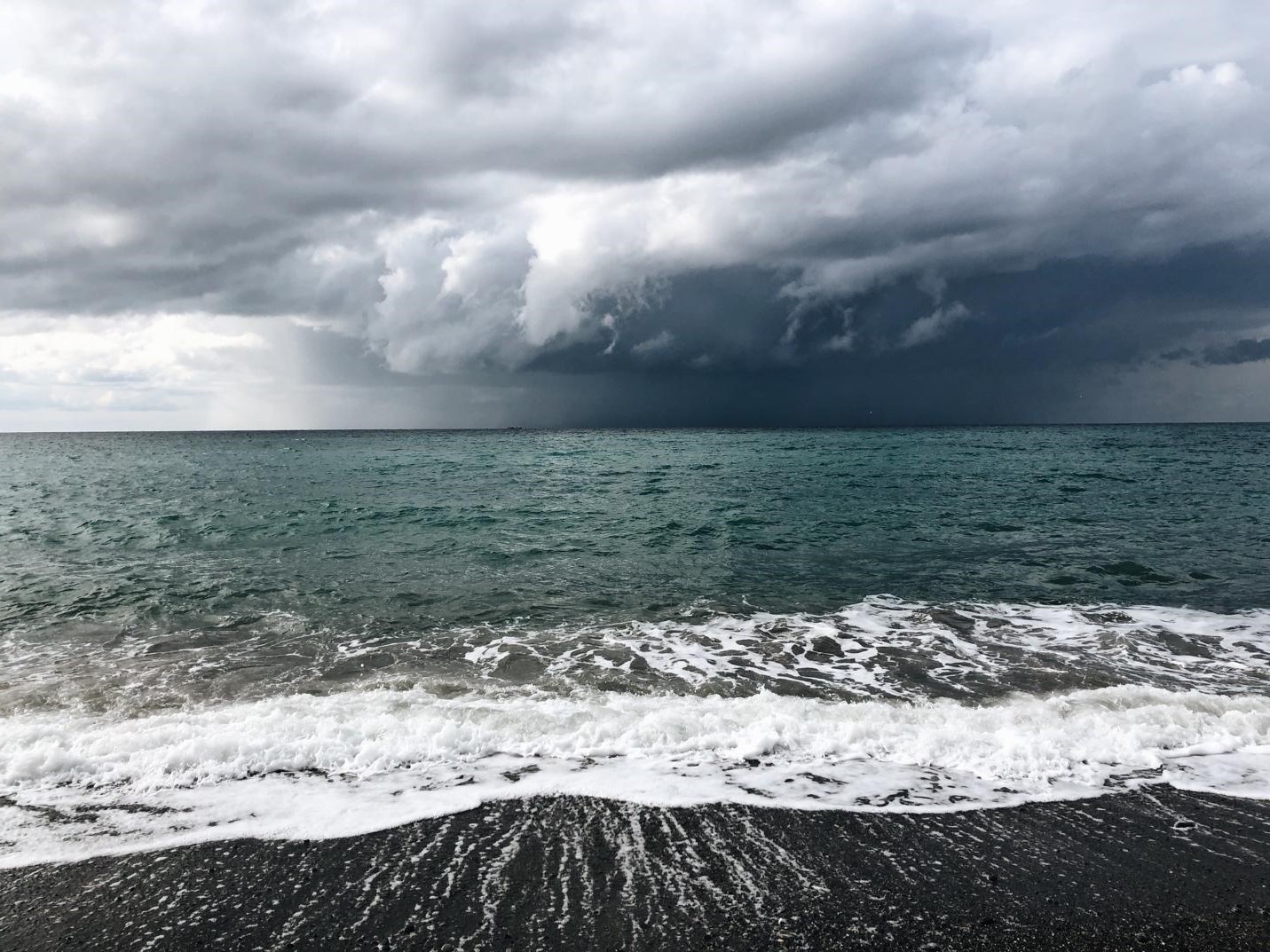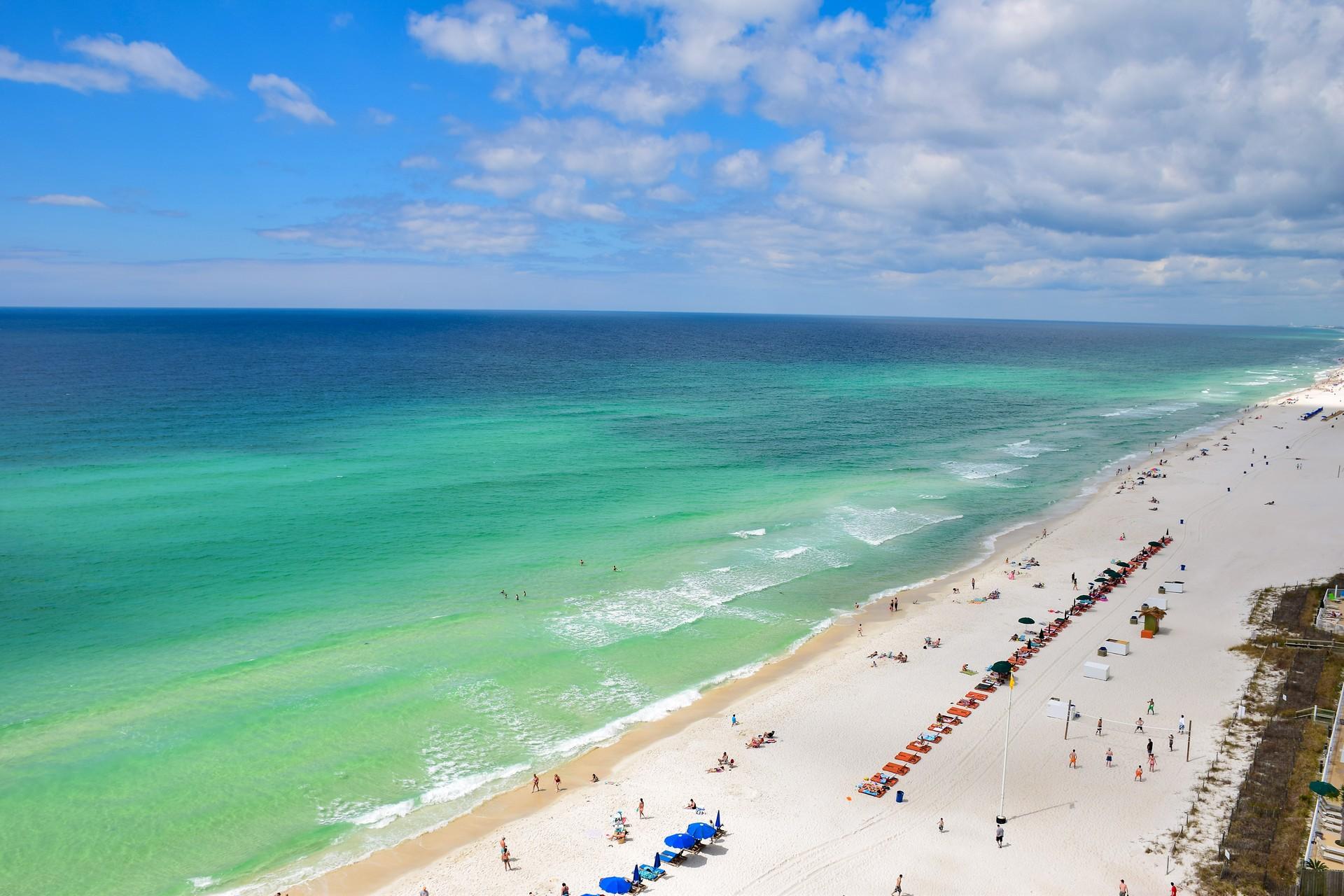Home>Weather and Climate>Current Water Temperature In Belmar: Stay Informed For Your Beach Activities
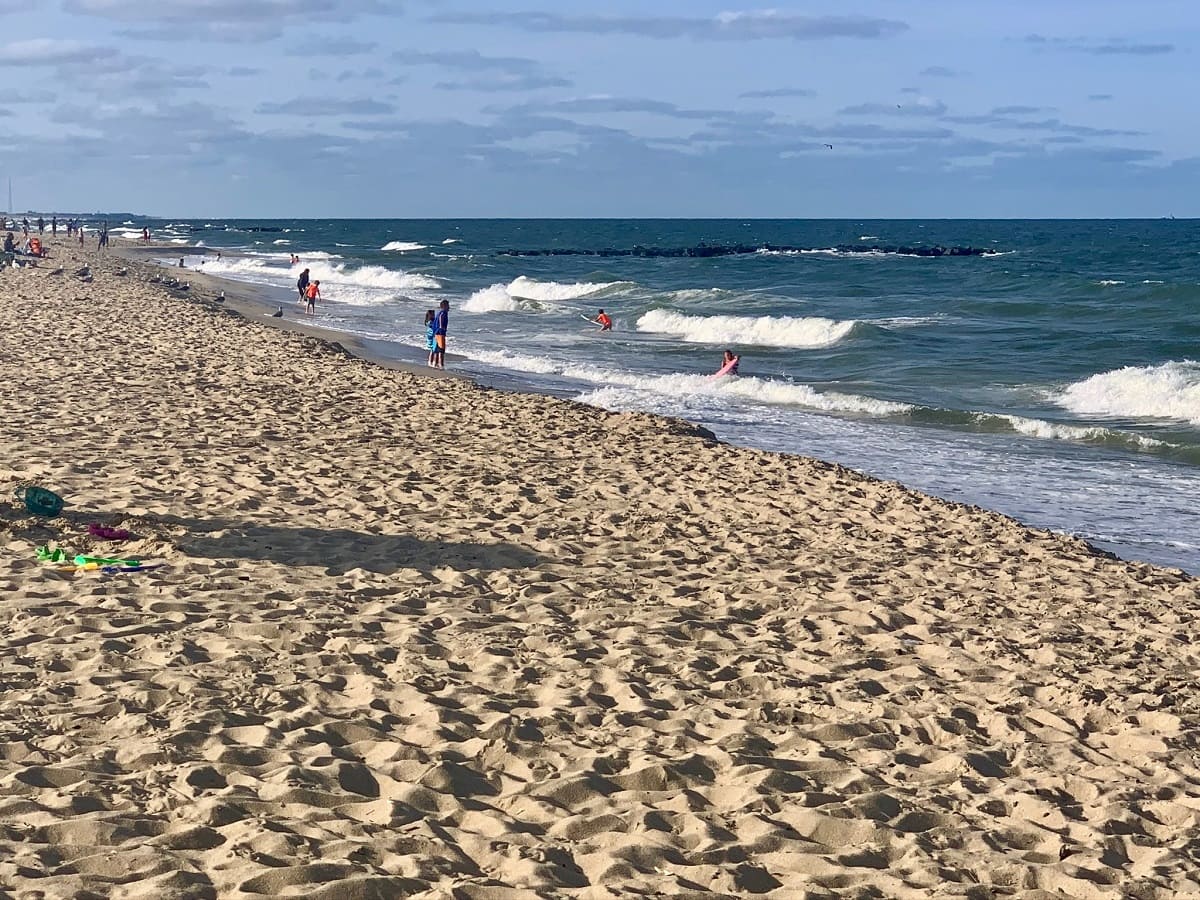

Weather and Climate
Current Water Temperature In Belmar: Stay Informed For Your Beach Activities
Modified: June 2, 2024
Stay informed about the current water temperature in Belmar to plan your beach activities. Check the latest weather and climate updates for a great day by the sea.
(Many of the links in this article redirect to a specific reviewed product. Your purchase of these products through affiliate links helps to generate commission for Temperatures.com, at no extra cost. Learn more)
Table of Contents
Importance of Knowing Water Temperature
Understanding the water temperature is crucial for anyone planning to engage in beach activities. Whether you're a swimmer, surfer, or simply someone who enjoys a leisurely dip in the ocean, being aware of the water temperature can significantly impact your experience. Here's why it's essential to stay informed about water temperature:
-
Safety: Knowing the water temperature is vital for ensuring your safety while participating in water activities. Cold water can lead to hypothermia, especially if you're exposed for an extended period. On the other hand, excessively warm water can cause dehydration and heat exhaustion. By being aware of the current water temperature, you can take necessary precautions to protect yourself and others.
-
Comfort: The water temperature directly affects your comfort level while swimming or engaging in water sports. For many individuals, the ideal water temperature for swimming ranges between 78°F to 82°F (25.5°C to 27.7°C). Understanding the current water temperature allows you to prepare accordingly, whether it's by wearing a wetsuit in colder waters or opting for lighter attire in warmer conditions.
-
Health Benefits: Beyond safety and comfort, knowing the water temperature can also impact your health. Cold water swimming, for instance, has been associated with various health benefits, including improved circulation, reduced inflammation, and enhanced mental well-being. Conversely, warmer water temperatures can be soothing and relaxing, offering their own set of therapeutic advantages.
-
Activity Planning: Different water temperatures are conducive to various beach activities. For instance, colder waters are often preferred by surfers seeking the best waves, while warmer waters may be more inviting for casual swimmers and families with young children. By staying informed about the water temperature, you can plan your beach day more effectively and make the most of your time by engaging in activities that align with the current conditions.
In essence, being aware of the water temperature is not just about knowing a number; it's about ensuring your safety, enhancing your comfort, reaping potential health benefits, and optimizing your beach experience. Whether you're a seasoned water enthusiast or a casual beachgoer, staying informed about the water temperature is a fundamental aspect of enjoying the coastal environment to the fullest.
Factors Affecting Water Temperature
The temperature of ocean water is influenced by a myriad of factors, each playing a unique role in shaping the aquatic environment. Understanding these factors is essential for comprehending the dynamic nature of water temperature and its implications for beach activities. Here are the key elements that affect water temperature:
-
Seasonal Variation: The time of year exerts a significant influence on water temperature. During the summer months, the sun's radiant heat warms the surface of the ocean, leading to higher water temperatures. Conversely, in winter, reduced solar radiation results in cooler water temperatures. This seasonal fluctuation is particularly pronounced in regions with distinct summer and winter seasons.
-
Latitude: The geographical location of a beach, specifically its distance from the equator, impacts water temperature. Areas closer to the equator tend to experience warmer water due to the more direct and intense sunlight. Conversely, regions farther from the equator receive less solar energy, leading to cooler water temperatures.
-
Ocean Currents: The movement of ocean currents significantly influences water temperature. Warm ocean currents, such as the Gulf Stream, can elevate water temperatures in coastal areas they pass through. Conversely, cold ocean currents, like the California Current, can bring cooler waters to coastal regions, affecting local water temperatures.
-
Depth of Water: The depth of the water body also plays a role in determining its temperature. Shallow waters tend to heat up more quickly and can reach higher temperatures, especially in sunny conditions. Deeper waters, on the other hand, exhibit more stability in temperature, as they are less affected by surface heating and cooling.
-
Weather Patterns: Atmospheric conditions, including air temperature, wind, and cloud cover, influence water temperature. Warm, sunny weather can raise water temperatures, while prolonged cloud cover or cold winds can lead to cooling. Additionally, strong winds can cause upwelling, where cold, nutrient-rich water from deeper ocean layers rises to the surface, impacting local water temperatures.
-
Human Activities: Human interventions, such as coastal development and industrial processes, can also affect water temperature. Urbanization and industrialization can lead to increased water temperatures due to factors like heat retention in concrete structures and discharge of heated water from industrial facilities.
By recognizing these diverse factors that contribute to water temperature variations, beachgoers and water enthusiasts can gain a deeper appreciation for the complex interplay of natural and human-induced influences on coastal environments. This understanding empowers individuals to make informed decisions regarding their beach activities, taking into account the ever-changing dynamics of water temperature.
Methods for Measuring Water Temperature
Accurately measuring water temperature is essential for understanding the thermal characteristics of oceans, seas, and other water bodies. Various methods are employed to capture this crucial data, each offering unique advantages and applications. Here are the primary methods for measuring water temperature:
-
Thermometers: Traditional liquid-in-glass thermometers have long been used to measure water temperature. These devices contain a liquid, often mercury or alcohol, that expands or contracts based on temperature changes. While effective, they require manual reading and are limited to specific depths, making them less suitable for widespread or continuous monitoring.
-
Electronic Sensors: Modern electronic sensors, such as thermistors and resistance temperature detectors (RTDs), provide accurate and real-time measurements of water temperature. These sensors can be deployed at various depths and locations, offering comprehensive insights into temperature profiles. Additionally, advancements in wireless and remote sensing technologies enable data collection from remote or challenging environments.
-
Satellite Remote Sensing: Satellite-based sensors, including infrared and microwave radiometers, are utilized to measure sea surface temperatures (SST) over large areas. By capturing thermal radiation emitted from the ocean's surface, these sensors generate valuable data for monitoring temperature trends, identifying oceanic phenomena, and studying climate patterns on a global scale.
-
Buoys and Data Loggers: Oceanographic buoys equipped with temperature sensors and data loggers are deployed in marine environments to continuously monitor water temperature. These autonomous systems transmit real-time data via satellite or cellular networks, providing valuable information for weather forecasting, marine research, and environmental monitoring.
-
Underwater Vehicles and Profilers: Remotely operated vehicles (ROVs) and autonomous underwater vehicles (AUVs) are equipped with temperature sensors to collect data at varying depths and locations. Additionally, profiling floats, such as Argo floats, autonomously drift through the ocean, measuring temperature and other oceanographic parameters at different depths before surfacing to transmit the gathered data.
-
Conductivity-Temperature-Depth (CTD) Profiling: CTD instruments are widely used in oceanography to measure conductivity, temperature, and depth simultaneously. These devices provide comprehensive insights into water properties, including temperature variations with depth, salinity, and density, offering a holistic understanding of oceanic conditions.
By leveraging these diverse methods for measuring water temperature, scientists, researchers, and environmental agencies can obtain comprehensive and accurate data to monitor oceanic and coastal environments. This information is invaluable for understanding climate dynamics, assessing marine ecosystems, and informing decision-making processes related to ocean conservation and sustainable resource management.
Current Water Temperature in Belmar
As a popular coastal destination, Belmar, New Jersey, attracts numerous beach enthusiasts seeking to bask in the sun, swim in the ocean, or partake in water sports. Understanding the current water temperature in Belmar is paramount for anyone planning to engage in aquatic activities along its picturesque shoreline.
At any given time, the water temperature in Belmar is influenced by a combination of local and regional factors. During the summer months, the sun's radiant heat warms the coastal waters, often resulting in favorable swimming conditions. Conversely, as autumn approaches and winter sets in, the water temperature gradually decreases, reflecting the seasonal transition.
The current water temperature in Belmar is typically monitored and reported by local authorities, environmental agencies, and marine research institutions. Real-time data is often accessible through online platforms, weather apps, and coastal monitoring stations, providing beachgoers and water enthusiasts with valuable insights into the prevailing aquatic conditions.
For individuals planning beach outings or water-based activities in Belmar, staying informed about the current water temperature is essential for several reasons. Firstly, it enables visitors to prepare appropriately, whether by donning wetsuits for cooler waters or opting for lighter attire in warmer conditions. Additionally, knowledge of the water temperature allows beachgoers to make informed decisions about swimming, surfing, or engaging in other water-related pursuits, ensuring a safe and enjoyable experience.
The current water temperature in Belmar also plays a pivotal role in shaping the local marine ecosystem. It influences the distribution and behavior of marine species, including fish and invertebrates, and contributes to the overall ecological dynamics of the coastal environment. Furthermore, understanding the water temperature variations in Belmar aids in assessing the impact of climate change and natural phenomena on the region's aquatic habitats.
As beach enthusiasts and environmental stewards, being aware of the current water temperature in Belmar fosters a deeper connection with the coastal environment. It allows individuals to appreciate the dynamic nature of oceanic conditions and encourages responsible engagement with the marine ecosystem.
In essence, staying informed about the current water temperature in Belmar empowers beachgoers, water sports enthusiasts, and nature enthusiasts to make informed choices, ensuring a harmonious and enriching experience along the vibrant shores of this beloved coastal community.
Impact of Water Temperature on Beach Activities
The water temperature exerts a profound influence on the range of activities enjoyed by beachgoers, shaping their experiences and interactions with the coastal environment. Understanding the impact of water temperature on beach activities is essential for individuals seeking to make the most of their time by the shore. Here's a detailed exploration of how water temperature affects various beach activities:
Swimming and Water Sports
The water temperature directly impacts the comfort and safety of swimmers and water sports enthusiasts. Warmer waters, typically ranging from 78°F to 82°F (25.5°C to 27.7°C), are conducive to leisurely swims and water-based activities. In contrast, colder waters can pose challenges, potentially leading to discomfort and reduced endurance. For competitive swimmers and athletes, the optimal water temperature can significantly affect performance and overall experience. Additionally, water sports such as water skiing, paddleboarding, and kayaking are influenced by water temperature, with warmer conditions often enhancing the enjoyment and performance of participants.
Surfing and Bodyboarding
Surfers are particularly attuned to water temperature, as it directly impacts wave quality and the overall surfing experience. Colder waters can yield more powerful and consistent waves, attracting surfers seeking thrilling rides. Conversely, warmer waters may offer a more relaxed and enjoyable surfing environment, catering to individuals who prefer milder wave conditions. Bodyboarders also consider water temperature when selecting their preferred spots, as it influences wave characteristics and the overall bodyboarding experience.
Wildlife Observation and Marine Exploration
The water temperature plays a pivotal role in shaping the behavior and distribution of marine life along the coast. Warmer waters often attract a diverse array of marine species, including fish, dolphins, and sea turtles, providing opportunities for wildlife observation and marine exploration. Snorkeling and scuba diving enthusiasts are particularly sensitive to water temperature, as it influences the presence of marine fauna and the overall underwater visibility, thereby impacting the quality of their experiences.
Beach Relaxation and Sunbathing
For those seeking relaxation and sunbathing along the shore, the water temperature indirectly contributes to the overall beach ambiance. Warmer waters can create a more inviting coastal atmosphere, encouraging beachgoers to wade in the shallows or enjoy the gentle lapping of the waves. Conversely, cooler waters may prompt individuals to focus more on sunbathing and coastal strolls, adjusting their beach activities to align with the prevailing water temperature.
Read more: Rehoboth Beach Water Temperature Guide
Environmental Awareness and Conservation Efforts
Understanding the impact of water temperature on beach activities fosters a deeper appreciation for the interconnectedness of coastal ecosystems and human interactions. It encourages beachgoers and environmental advocates to consider the implications of water temperature variations on marine habitats, emphasizing the importance of responsible coastal stewardship and conservation efforts.
In essence, the impact of water temperature on beach activities extends beyond individual preferences, encompassing ecological dynamics, recreational pursuits, and the overall coastal experience. By recognizing the multifaceted influence of water temperature, beach enthusiasts can make informed decisions, adapt their activities to the prevailing conditions, and cultivate a deeper connection with the dynamic coastal environment.
Tips for Dealing with Different Water Temperatures
Dealing with varying water temperatures is a fundamental aspect of enjoying beach activities while ensuring comfort, safety, and overall well-being. Whether you encounter cooler waters during early spring or warmer temperatures in the peak of summer, adapting to these conditions can enhance your beach experience. Here are valuable tips for effectively dealing with different water temperatures:
Cooler Water Temperatures:
-
Wetsuit Consideration: When facing cooler water temperatures, consider wearing a wetsuit to provide insulation and maintain body heat. A wetsuit not only offers thermal protection but also enhances buoyancy, making it an essential gear for prolonged water activities in colder conditions.
-
Gradual Acclimatization: If entering cooler waters, take time to acclimate gradually. Start by wetting your body and allowing it to adjust to the temperature before fully immersing yourself. This gradual approach can minimize the initial shock of colder water and improve overall comfort.
-
Stay Active: Engage in physical activities such as swimming or water sports to generate body heat and maintain warmth. Movement can help counteract the effects of cooler water temperatures, keeping you comfortable and energized during your aquatic pursuits.
-
Post-Activity Warmth: After exiting cooler waters, ensure you have warm, dry clothing readily available. Changing into dry attire and wrapping yourself in a cozy towel or blanket can help prevent post-immersion chills and promote a swift return to comfort.
Warmer Water Temperatures:
-
Hydration: In warmer waters, staying hydrated is crucial. The combination of sun exposure and higher water temperatures can lead to increased perspiration and potential dehydration. Carry a reusable water bottle and prioritize regular hydration to support your well-being.
-
Sun Protection: Warmer water often accompanies sunnier conditions, necessitating diligent sun protection. Apply sunscreen with a high SPF rating, wear UV-protective clothing, and consider donning a wide-brimmed hat to shield yourself from the sun's intense rays while enjoying the water.
-
Cooling Techniques: Embrace cooling techniques to manage the effects of warmer water temperatures. Utilize cooling towels, seek shade during breaks, and consider periodic rinses with fresh water to regulate body temperature and prevent overheating.
-
Respect Limits: Be mindful of your body's response to warmer water temperatures. Avoid overexertion and take regular breaks to rest and cool down, especially during prolonged exposure to the sun and water. Respecting your limits is essential for a safe and enjoyable beach experience.
By incorporating these tips into your beach outings and water activities, you can effectively navigate the nuances of different water temperatures, ensuring a balanced and enjoyable experience while prioritizing your well-being and safety. Flexibility and preparedness are key as you adapt to the ever-changing thermal dynamics of coastal waters, allowing you to make the most of your time by the shore, regardless of the prevailing water temperature.
Read more: James River Water Temperature: A Guide To The Current Water Temperature Of The James River
Staying Informed about Water Temperature
Staying informed about water temperature is a pivotal aspect of maximizing the enjoyment and safety of beach activities. With the dynamic nature of coastal environments and the ever-changing thermal conditions of oceanic waters, being aware of the current water temperature is essential for making informed decisions and preparations. Here are valuable strategies for staying informed about water temperature:
Utilize Online Resources
Online platforms and weather websites often provide real-time updates on water temperature for various coastal locations, including popular beach destinations like Belmar. These resources offer convenient access to current water temperature data, enabling beachgoers to plan their activities based on the prevailing aquatic conditions. Additionally, weather apps and mobile platforms frequently feature water temperature information, allowing individuals to stay informed while on the go.
Local Monitoring Stations
Many coastal areas, including Belmar, are equipped with monitoring stations that track and report water temperature. These stations may be operated by environmental agencies, research institutions, or local authorities, and their data is often publicly accessible. By leveraging the information provided by these monitoring stations, beach enthusiasts can gain valuable insights into the temperature trends and fluctuations along the coastline, empowering them to make informed choices regarding their beach outings.
Weather Forecasts
Incorporating water temperature forecasts into your trip planning can enhance your overall beach experience. Weather forecasts often include predictions for water temperature, offering valuable insights into the expected aquatic conditions during your visit to the coast. By consulting these forecasts, you can proactively prepare for the prevailing water temperature, ensuring that you have the appropriate attire and gear for your chosen beach activities.
Community Reports and Forums
Engaging with local beach communities and online forums can provide firsthand accounts and reports of current water temperatures. Sharing experiences and insights with fellow beach enthusiasts can offer valuable perspectives on the actual conditions at the shore, complementing official data sources and forecasts. Additionally, local residents and frequent visitors to Belmar may offer practical tips and recommendations based on their familiarity with the area's water temperature patterns.
Environmental Awareness
Developing an understanding of the broader environmental factors influencing water temperature can contribute to informed decision-making. Awareness of seasonal variations, ocean currents, and weather patterns enables beachgoers to anticipate potential changes in water temperature and adapt their plans accordingly. By fostering environmental awareness, individuals can cultivate a deeper connection with the coastal ecosystem and make conscious choices that align with the natural dynamics of the marine environment.
By embracing these strategies for staying informed about water temperature, beach enthusiasts can enhance their beach experiences, prioritize safety, and foster a deeper appreciation for the dynamic interplay of coastal conditions. Whether planning a leisurely day at the beach, engaging in water sports, or simply enjoying the coastal scenery, staying informed about water temperature is a fundamental element of savoring the coastal environment to the fullest.



